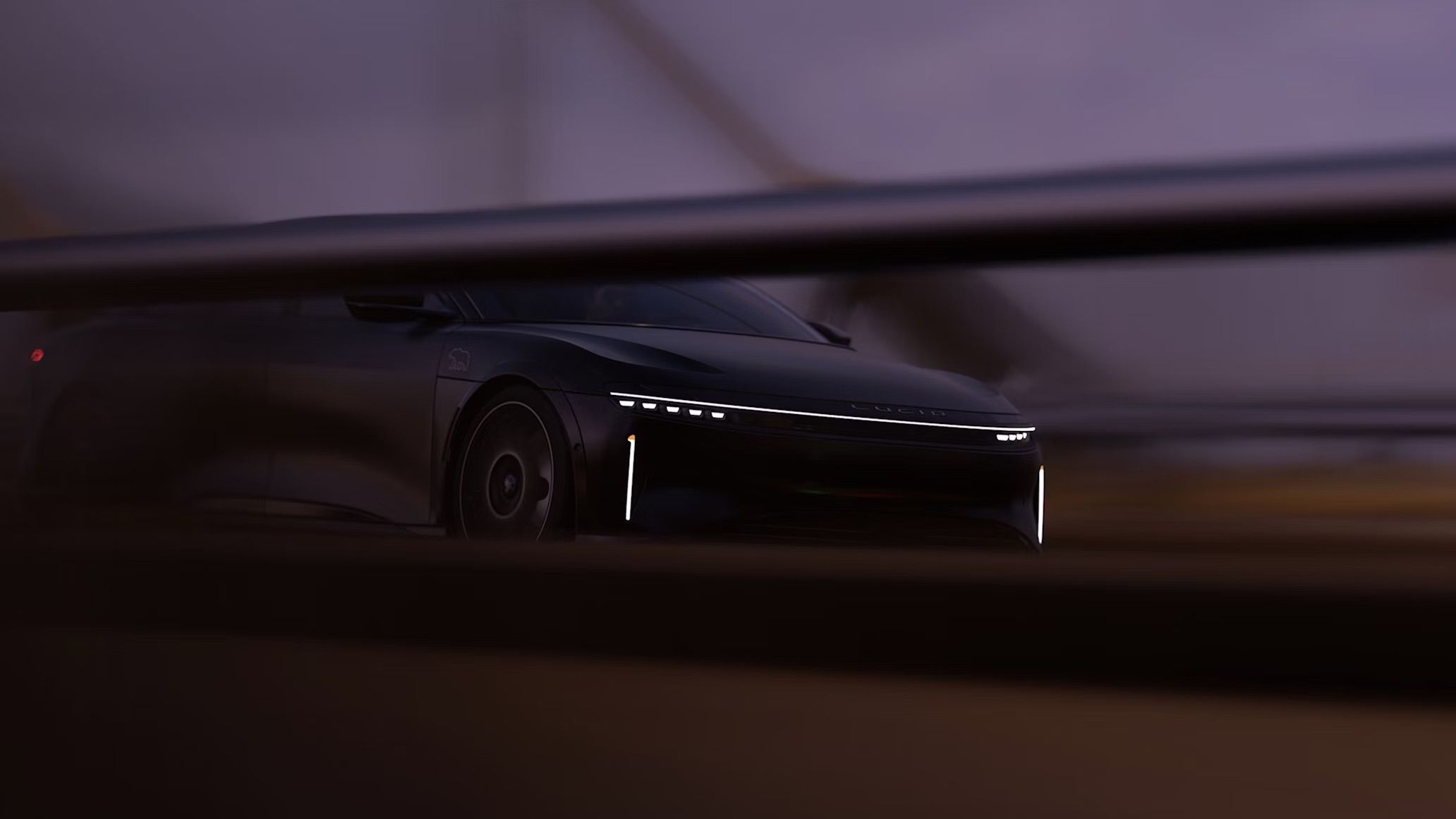
Imagine ordering a Tesla robotaxi in Austin, Texas — the first city where the service is available — only to find a human sitting in the driver’s seat. That’s the reality today as Tesla navigates new state rules on driverless vehicles.
Why Human Safety Monitors Are Still Present
Tesla confirmed through its official robotaxi account on X that some trips require a human “safety monitor” in the driver’s seat, especially on highways. “Safety monitors are only in the driver’s seat for trips that involve highway driving, as a self-imposed cautious first step toward expanding to highways,” the account explained.
While monitors typically sit in the passenger seat, Texas’s new SB 2807 law requires a human operator in the driver’s seat unless the vehicle is officially classified as Level 4 autonomy or higher. Tesla’s system, despite its “Full Self Driving” label, is only rated Level 2 by state regulators, meaning human oversight is mandatory.
The law, which took effect September 1, establishes stricter requirements for autonomous vehicles. Level 4 autonomy, as defined by the Society of Automotive Engineers, refers to cars that can drive without human input under specific conditions like geofenced areas. Tesla’s current tech does not meet that standard.
Early Problems Reported
Since launching in Austin in June, Tesla’s robotaxi service has already raised concerns. Riders have reported vehicles drifting into the wrong lane, jumping curbs, and braking unexpectedly in the middle of the road. These incidents highlight the growing pains of rolling out self-driving technology to the public.
Elon Musk has been promising a Tesla robotaxi service for over a decade. While the rollout is still limited and subject to regulations, he recently claimed the service could be available to about half of the U.S. population by the end of 2025.
Author’s Opinion
Tesla’s robotaxi launch shows just how far self-driving technology still has to go. For years, Musk has sold the dream of fully autonomous travel, but riders in Austin are still getting cars with humans in the front seat. That undercuts the futuristic image Tesla wants to project. Until regulators and the public see reliable performance without human intervention, robotaxis will feel more like a test run than a revolution.
Featured image credit: The Gallery via Unsplash
For more stories like it, click the +Follow button at the top of this page to follow us.
